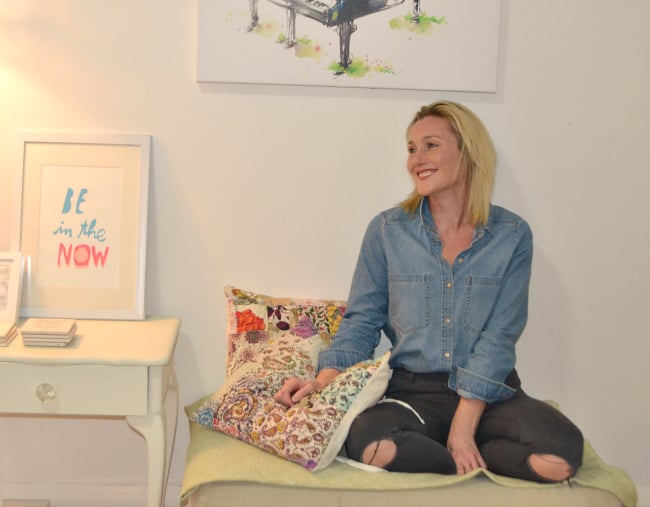
Alison Henley doesn’t remember the moment she was diagnosed. Aged just 16 at the time, the doctor’s words were subsumed by white noise, by the cloaking numbness that comes with shock.
She was living with Mayer-Rokitansky-Küster-Hauser Syndrome – a condition affecting roughly one in 5000 women that’s characterised by the underdevelopment or absence of the vagina, cervix and uterus.
Physical examination, a laparoscopy and an ultrasound had shown that Alison’s vagina was roughly the length of the nail on her big thumb, her uterus missing entirely. Like many women with MRKH, it was the absence of menstruation that raised alarm bells.
“It’s so left-field you don’t even assume that this can happen, that these two parts of the female body will just stop forming,” the 37-year-old British-born woman told Mamamia.
“As we grow up we think there’s an automatic passage through to parenthood and partnership, we just assume they’re the two things we’ll do with ease. And so when you’re told you can’t perform as a partner in terms of sexual intercourse and that you would never be able to experience pregnancy…
“I was already a teenager who was experimenting in not liking herself very much. My self-esteem was quite low. And [the diagnosis] just gave me licence to validate that. I was in a poor relationship with food and self harm. And that’s what I turned to for many, many years.”
Alison underwent treatment in London within weeks of her diagnosis. While surgical options are available for some women with MRKH, she opted to use the dilatory method to create a vagina. This involves the repeated manual insertion of dilators – cylindrical tubes that stretch the existing, shortened vaginal tissue. Alison spent four days in hospital to be guided through this process.





























































































